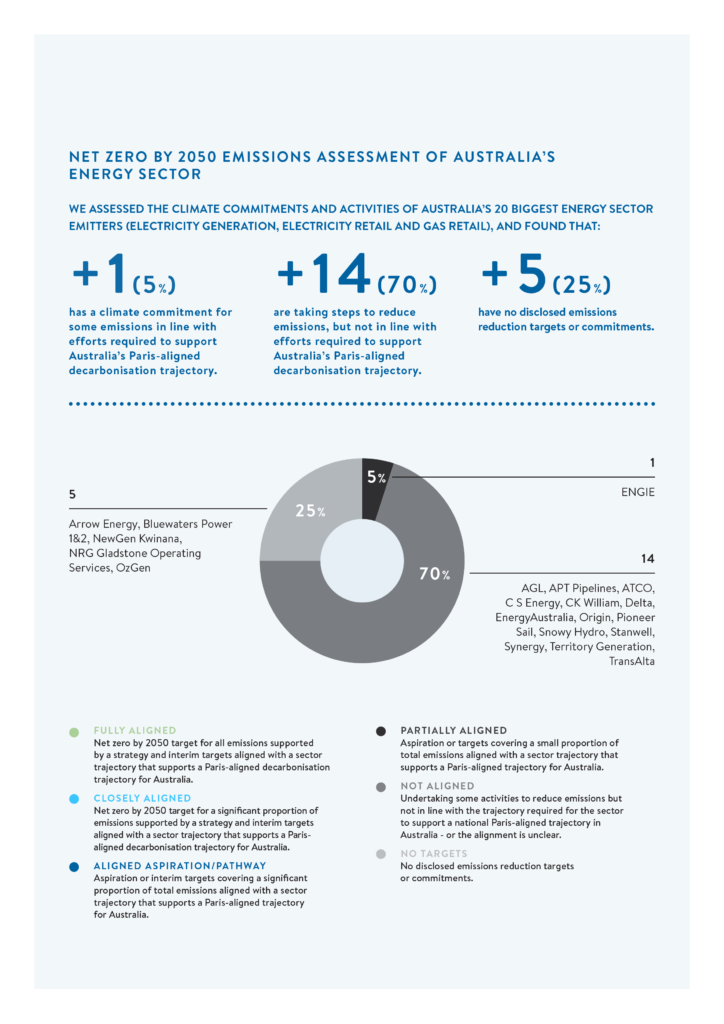This article by Claire Bowles, Regenerative Development Lead i2C Architects, was first published in SCN’s – September/October Mini Guns edition.
Retailers pledged their support to accelerate a movement in the retail industry to drive climate action. We have all seen how the retail sector has faced challenges due to climate change like never before, which have only been accentuated by the COVID-19 pandemic.
Recognition of the need to take action to limit global warming to 1.5°C has never been higher. The most recent IPCC report paints a bleak picture of the future we stand to pass on to our children, should we continue on our current trajectory. The need to halve global carbon emissions by 2030 in order to avoid temperature rises of more than 2°C is now well understood.
Upon reading the latest IPCC report, which was released on August 9, the general feeling is we’ve already waited too long and if we don’t act now, the effects of climate change will only become more frequent and more devastating to both environments and economies.
A new campaign, dubbed ‘Race to Zero’ has just been launched with COP26 high-level climate action champions, whereby leading big name retail brands H&M, IKEA and Walmart have come together to pledge their commitment to climate action and to accelerate other retailers to join them in setting carbon goals that will prevent the 1.5°C temperature rise that is on the horizon.
According to the Race to Zero campaign: “Despite bold actions from some leading retail brands, a decarbonisation pathway for the sector is notably absent, with only 5% of retail businesses – by total global industry revenues – having committed to taking action to limit global warming in accordance with the Paris Agreement goals.”
COP26 is fast approaching. It is the Global Climate Convention due to take place from November 1 to 12 in Glasgow, Scotland. COP, which stands for a Conference of the Parties, is held every year and has taken place since the 1990s. This will be the 26th conference of its kind where almost every country from across the globe comes together to discuss international climate issues. It is the ultimate Global Climate Summit where world leaders, civil society, politicians, business and concerned citizens can all gather to accelerate action towards the goals of the Paris Agreement.

It seems this year is the critical year within the critical decade. A visible acceleration of ambition and sense of urgency is evident as we see ourselves falling well short of limiting temperature rises of 2°C by 2030. All eyes are on Australia’s government to set much more aggressive targets.
As Ban Ki Moon stated bluntly: “Australia’s current goal of 26 to 28% reduction by 2030 and an absence of a national zero emission target is out of step with its states, its trading partners and other comparable nations.”
Although our Federal Government seems reluctant to push ahead with the ambitious targets needed, we are seeing investors, corporations, local governments, city mayors, community groups, super funds, sector groups (otherwise known at COP as non-state actors) really filling the gap, rising to the challenge and mobilising for COP26 by setting their own targets to drive emissions reductions.
While major retailers in Australia wield significant economic influence, they seem to have been slow to make commitments that line up with a net zero aspiration by 2050. According to last year’s Net Zero momentum tracker, approximately four out of the five retailers assessed are undertaking activities to reduce emissions or have pledged a commitment, but no company made the commitment to reach full net zero by 2050. The two most ambitious of all retailers in Australia were Amazon and Kathmandu, with net zero by 2050 commitments for a significant proportion of their value chain emissions and the most ambitious commitments of those assessed.
On the other hand, retail developers seem to be stepping up and making serious commitments to climate action, with GPT last year announcing a revised target to achieve net zero carbon emissions across its portfolio of managed buildings by the end of 2024. This is a significant advance on the previous target of 2030.
Carbon commitments and pledges promise to shift the design and delivery of our retail assets to focus on both low embodied and operational carbon.
The time is now to specify low embodied carbon materials, really consider how to reduce quantities through resource efficient design, prioritise refurbishment over new builds, support localised supply chains and adopt passive principles for ultimate operational carbon savings. This, combined with the decarbonisation of our grid and consumer behavioural changes and shifts towards conscious purchasing choices and caring for our local environments, could be the giant step that helps us get to where we need to be.
What’s your pledge for COP26 this year – how can you take your climate goals and step them up a notch to contribute towards reducing our carbon emissions and keeping global warming below 1.5°C – if not for our sake, then for the sake of our future generations?






















